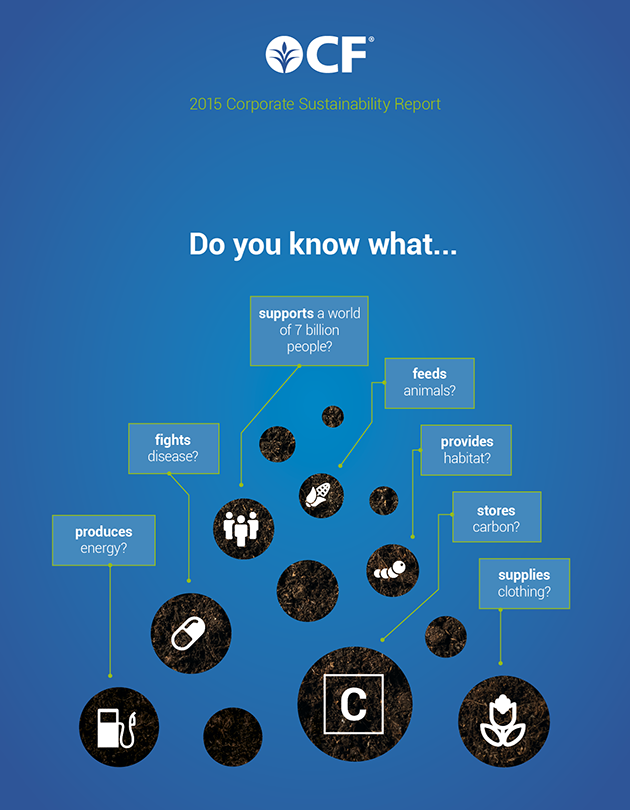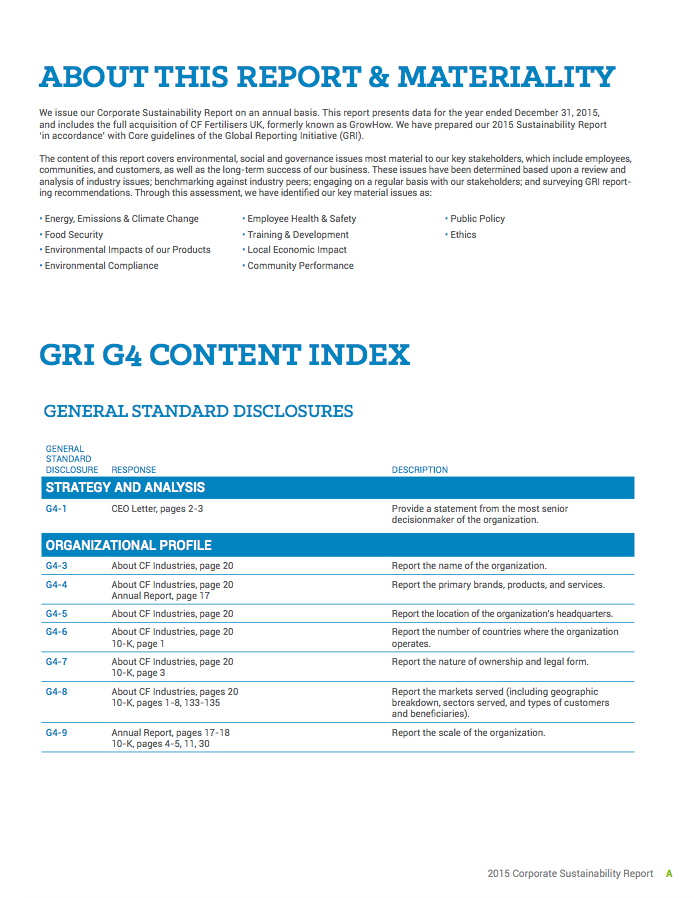Why Soil Health Matters
Less than a third of the earth is dry land, and a relatively small percentage of that land is covered with productive soil. Yet, soil provides us with more than 95 percent of our food and supports ecosystems that are critical to sustaining the life of people, plants and animals. Soil health refers to its biological integrity — its natural ability to perform the functions that need to be performed. Those functions are threatened when soil is compacted, drains poorly, is acidified and salinized, and/or lacks organic matter and essential plant nutrients — nitrogen, phosphorus and potassium. Soil is degraded by both natural and man-made processes, which often compound one another. For example, natural soil erosion is likely to accelerate when soil has been degraded by overfarming. Today, soil health deterioration is a growing problem. It is estimated that more than 40 percent of soil used for agricultural purposes is already degraded and that half of the earth’s topsoil has been lost during the past 150 years.1 This presents serious threats to the world’s ability to produce enough crops to feed people and livestock. Fortunately, there are steps we can take to prevent further damage and restore productivity, namely through the proper use of plant nutrients.
1 International Plant Nutrition Institute (IPNI)




